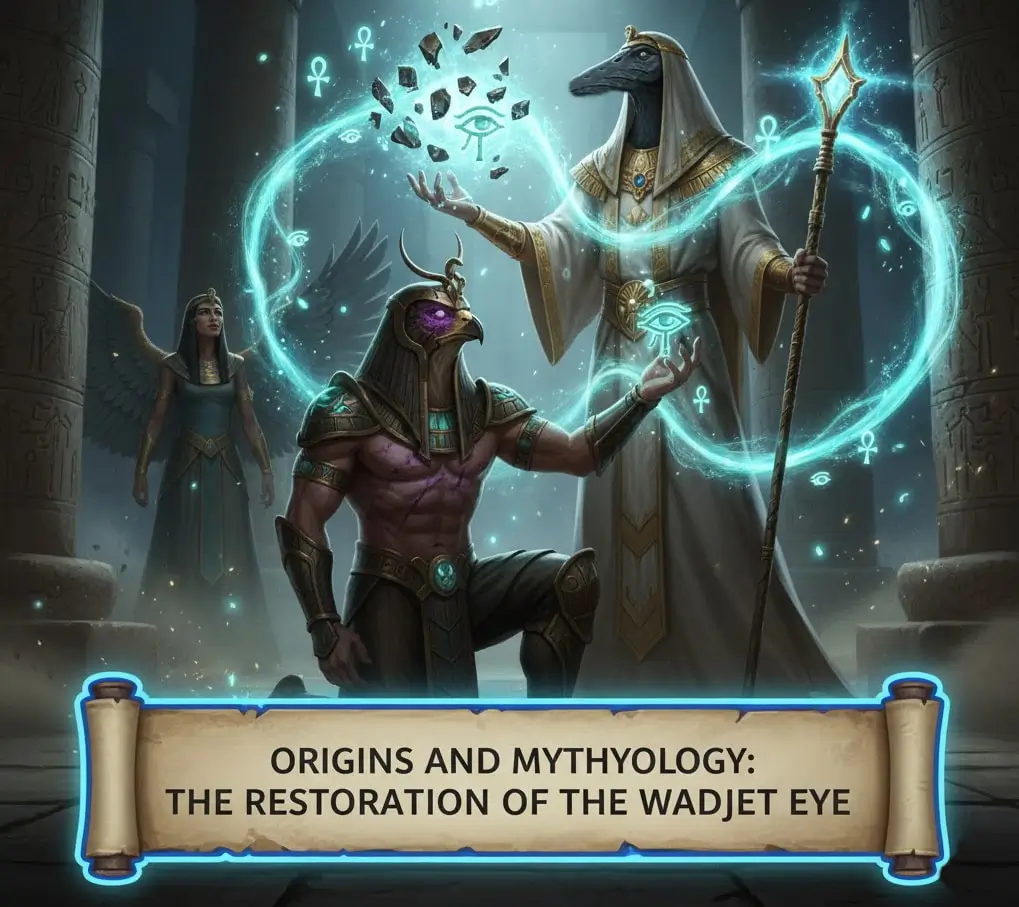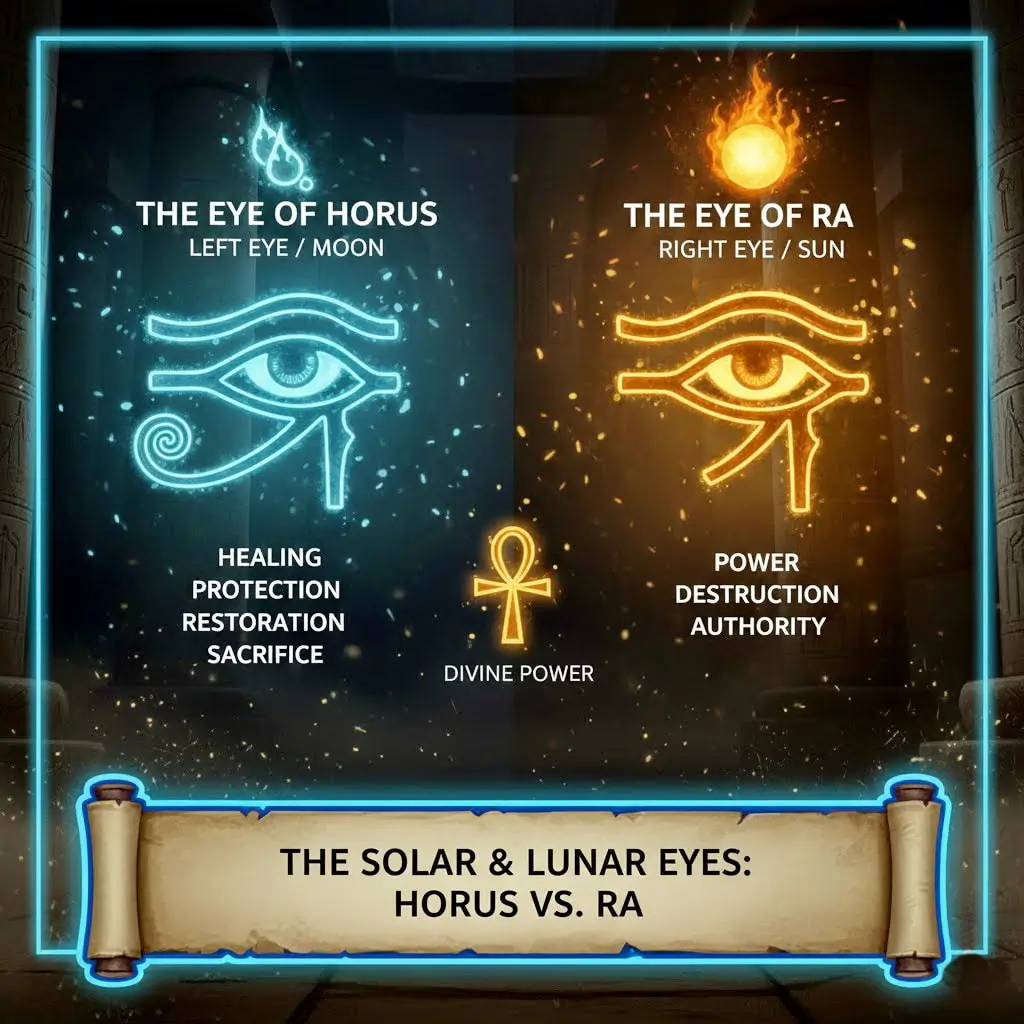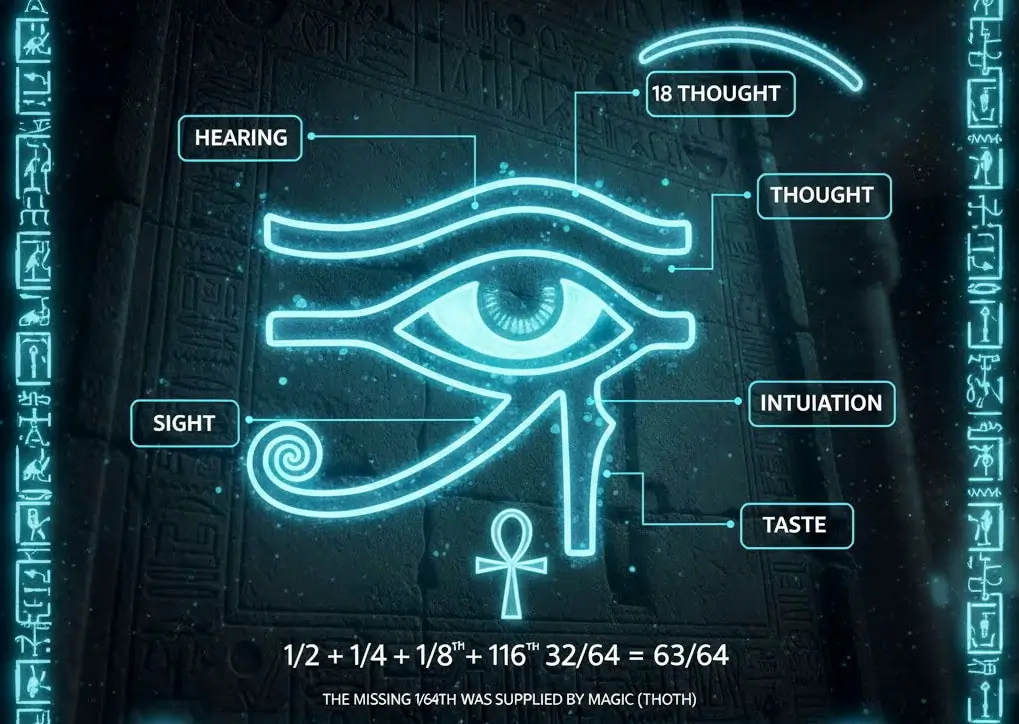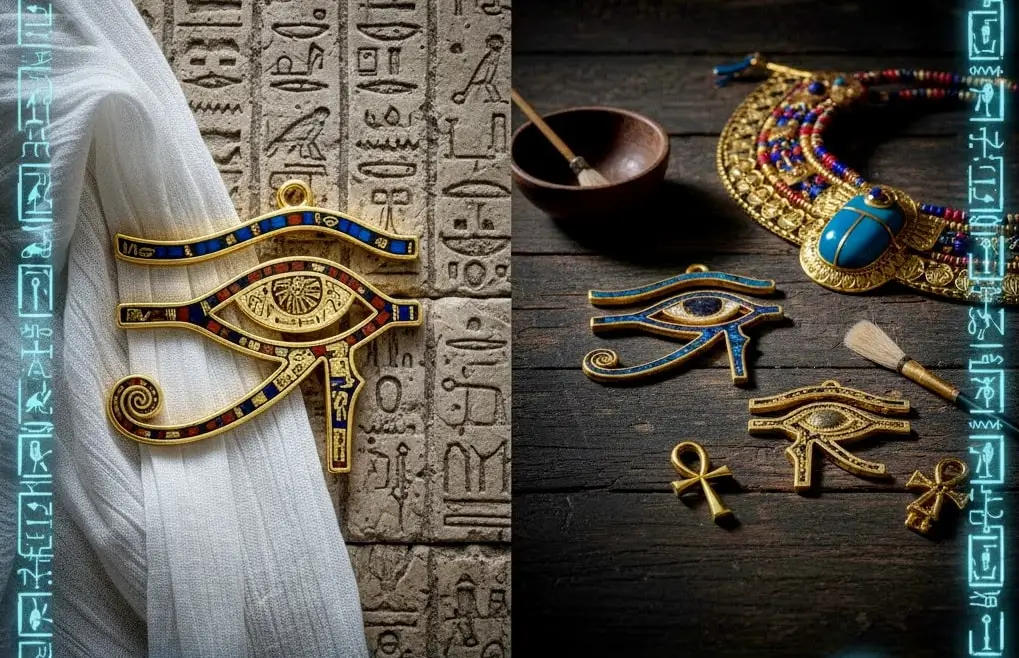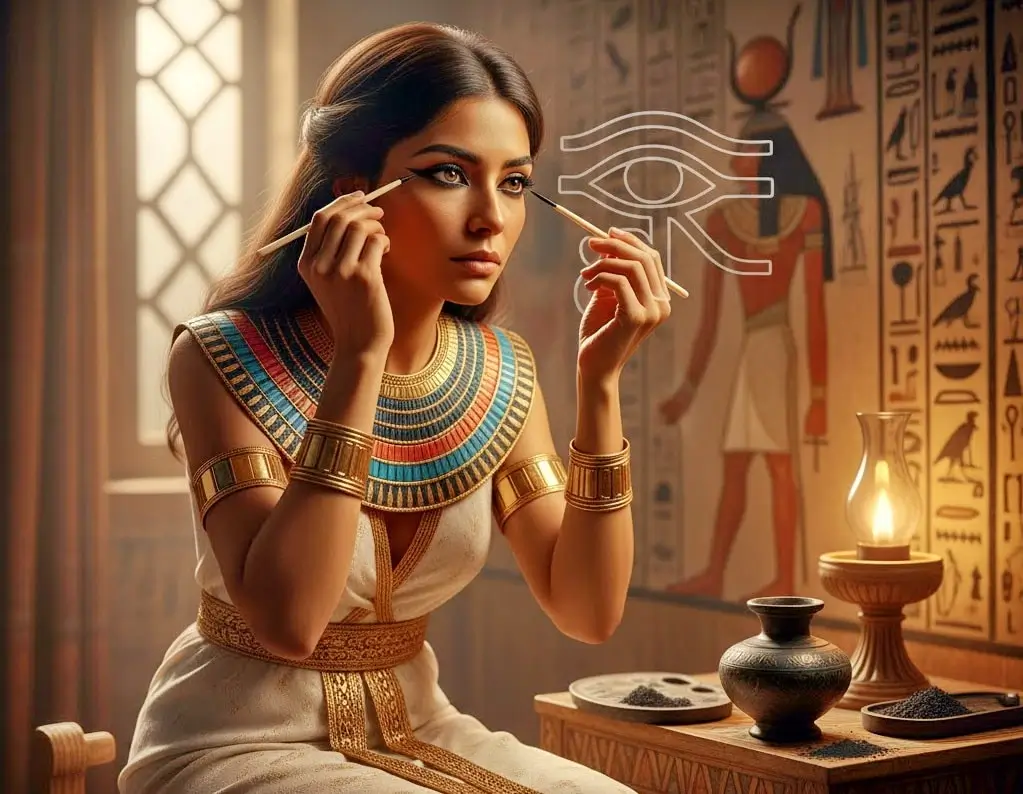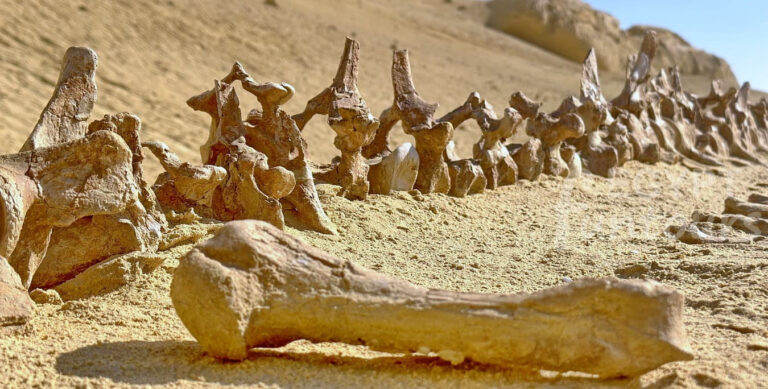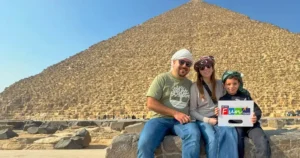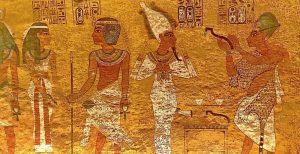The Watchful Eye: A Symbol of Divine Power
Few symbols in human history are as instantly recognizable as the Eye of Horus. From the crumbling walls of ancient temples to modern jewelry and tattoos, this stylized eye has captivated the human imagination for thousands of years. It represents a powerful blend of mythology, mathematics, and spiritual healing that transcends time.
Known to the ancient Egyptians as the Wedjat (meaning “The Whole One”), this symbol is far more than a piece of artistic design. It is a theological statement. While it is often used interchangeably with the “Eye of Ra,” the Eye of Horus carries its own distinct story of sacrifice, restoration, and the triumph of order over chaos.
This guide delves into the secrets of this iconic image. We will explore its bloody origins in the battle between Horus and Seth, decode the hidden mathematics behind its markings (the “first six powers of two”), and reveal why it remains a potent symbol of protection against evil forces today.
Key Takeaways
- The Name: The Eye of Horus is also known as the Wedjat (“The Whole One”) or the Udjat.
- The Myth: It represents the eye Horus lost in a battle with his uncle Seth, which was later magically restored.
- The Meaning: It symbolizes protection, royal power, and the restoration of health (healing).
- The Math: The specific parts of the eye represent ancient Egyptian fractions and the six senses (including thought and intuition).

